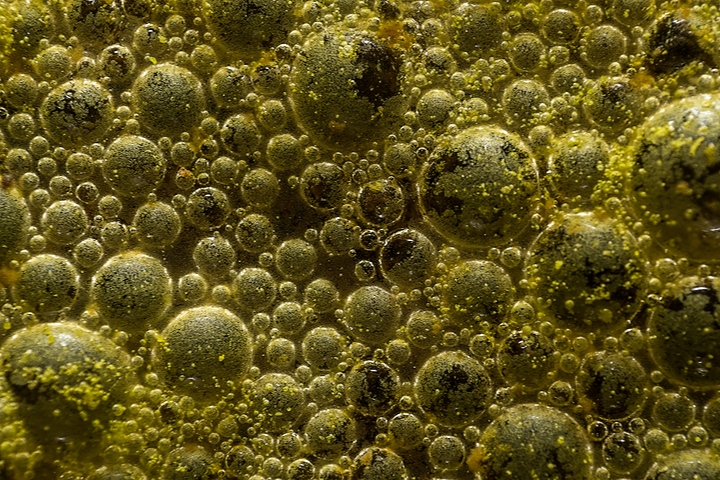RESEARCH
Bacteria-killing polymers avoid resistance to antibiotics, researchers say
Scientists at the US-based Texas A&M University (College Station, Texas; www.tamu.edu) say they have created a new family of polymers capable of killing bacteria without inducing antibiotic resistance.
 The polymer is said to stop bacteria without making it stronger (Photo: Pexels/David Bartus) |
The researchers were able to synthesize the polymers by carefully designing a positively charged molecule that can be stitched many times to form a large molecule made of the same repeating charged motif, using a carefully selected catalyst called AquaMet, according to Quentin Michaudel, assistant professor in the Department of Chemistry and lead investigator in the research.
Polish firm Apeiron Synthesis (Wroclaw; www.apeiron-synthesis.com) produces AquaMet, a highly active ruthenium-based catalyst for olefin metathesis (exchange and rearrangement of atoms) in water. Michaudel said the catalyst has to tolerate a high concentration of charges and be water-soluble, a feature he describes as uncommon for this type of process.
The new polymers disrupt the membrane of the microorganisms without inducing antibiotic resistance, researchers said. The polymers could help fight such resistance in the future by providing antibacterial molecules that operate through a mechanism against which bacteria do not seem to develop immunity, Michaudel explained.
Friend or foe?
The team collaborated with researchers at compatriot school University of Massachusetts Amherst (www.umass.edu) to evaluate their polymers against antibiotic-resistant E. coli bacteria and methicillin-resistant Staphylococcus aureus (MRSA). The collaboration also evaluated the polymers against human red blood cells. “A common issue with antibacterial polymers is a lack of selectivity between bacteria and human cells when targeting the cellular membrane,” Michaudel said.
The researchers expect to focus on improving the selectivity of their polymers for bacterial cells versus human cells before moving on to in vivo (living organism) tests. A paper on the research development was published last month in the Proceedings of the National Academy of Sciences of the United States of America (PNAS; www.pnas.org).
The researchers expect to focus on improving the selectivity of their polymers for bacterial cells versus human cells before moving on to in vivo (living organism) tests. A paper on the research development was published last month in the Proceedings of the National Academy of Sciences of the United States of America (PNAS; www.pnas.org).
12.01.2024 Plasteurope.com [254354-0]
Published on 12.01.2024
